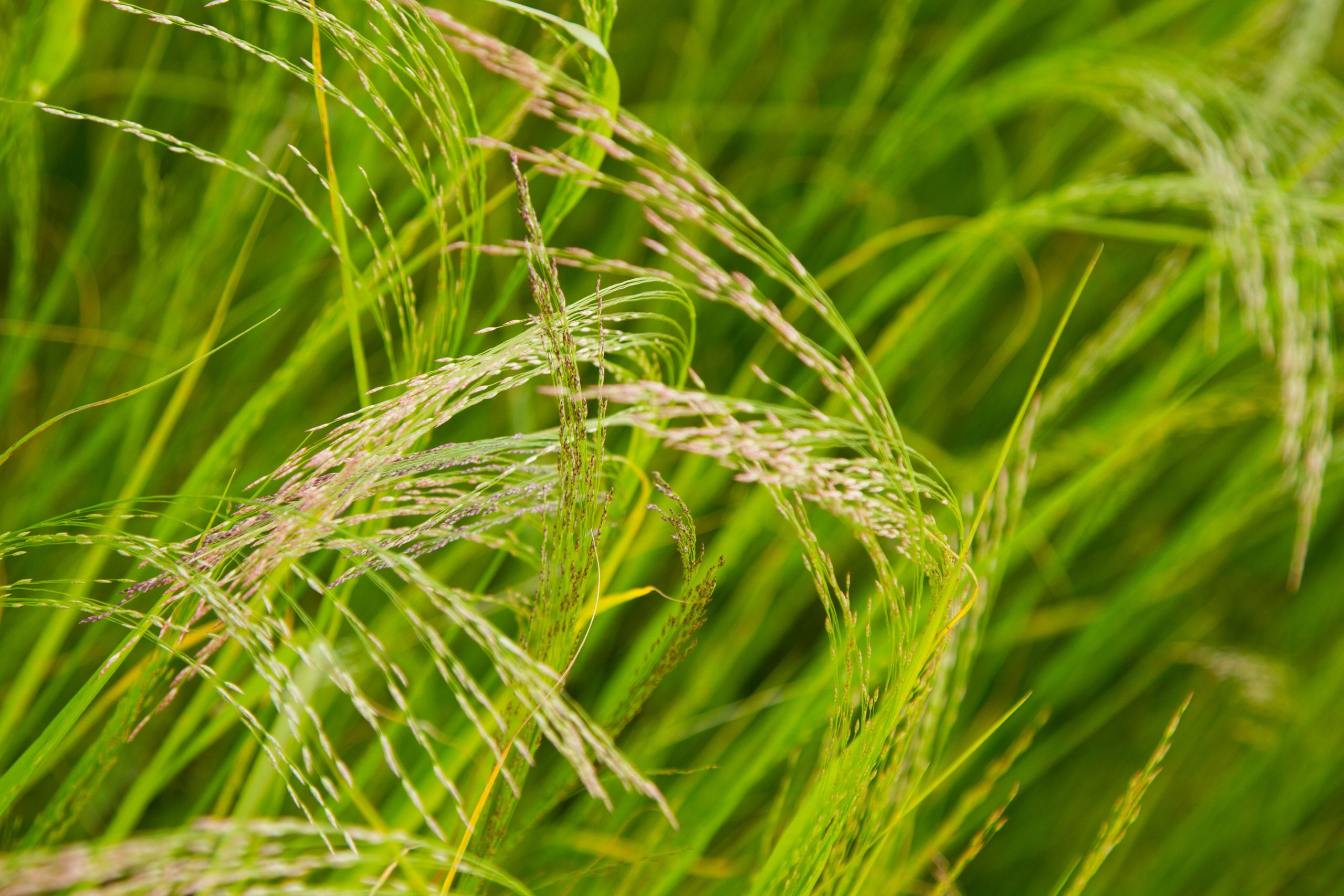Ancient grain teff earns the spotlight as a climate change hero

Published: December 9, 2022
Category: Regenerative Agriculture, The Non-GMO Blog
Crises often prompt a re-examination of resources—what do we already have in our toolkit that can solve our problem?
In the face of global warming exacerbating drought, and subsequent crop losses leading to food shortages, an ancient grain from Ethiopia is looking particularly promising. The tufty grass crop teff—with tiny grains resembling millet—has been grown in Ethiopia for 3,000 years. A flatbread called injera made from teff is a staple in Eritrean and Ethiopian cuisine.
The grain grows well in the arid soil of the Horn of Africa; it can tolerate drought, heat, and poor soil. It has potential to address hunger and malnutrition—for people as well as livestock. The Dutch group Barenbrug is growing teff in France to be marketed as a forage crop—some farmers have had to give up livestock for lack of feed.
Teff means “lost,” referring to its tiny-size grains. It contains plentiful protein, fiber, and potassium—and also lysine, an amino acid promoting bone growth and antibody development. It is gluten-free and non-GMO, adding to its growing global popularity.
Teff is currently grown in Bulgaria, the Netherlands, India, Australia, and the United States.
Source: Forbes India
To view source article, visit:
Organic & Non-GMO Insights December 2022








